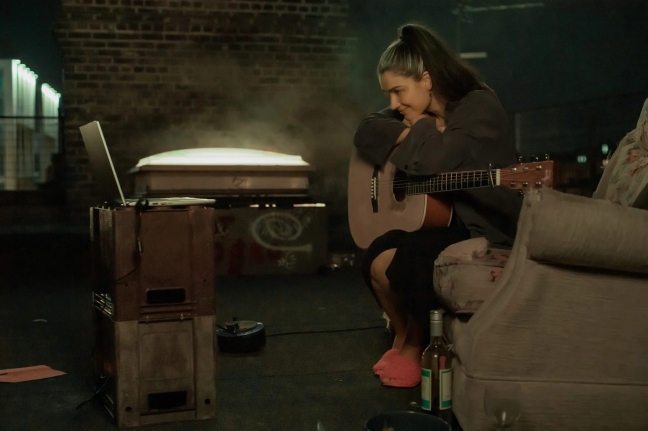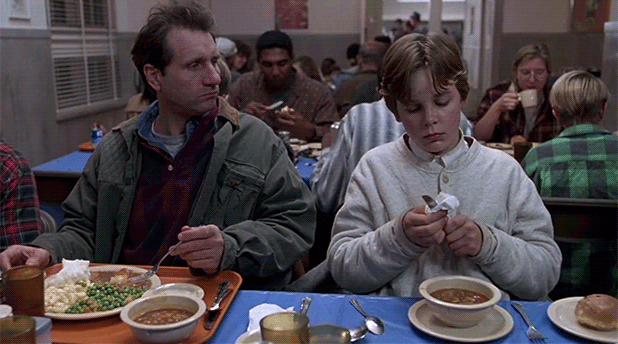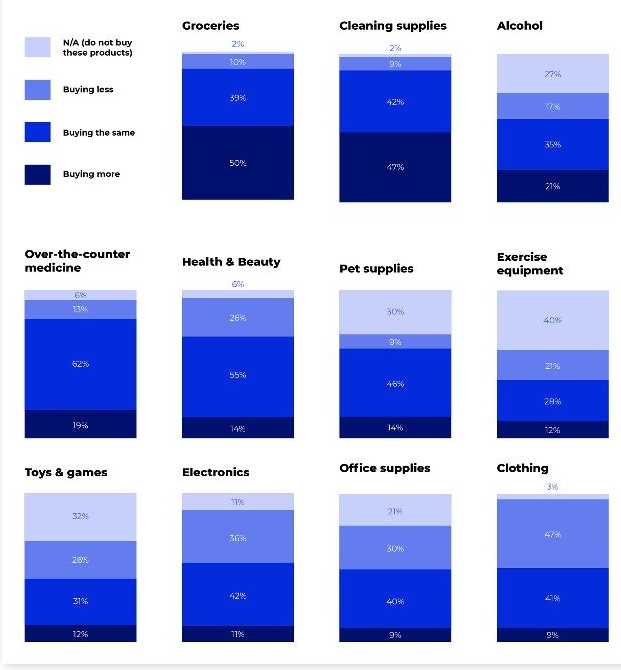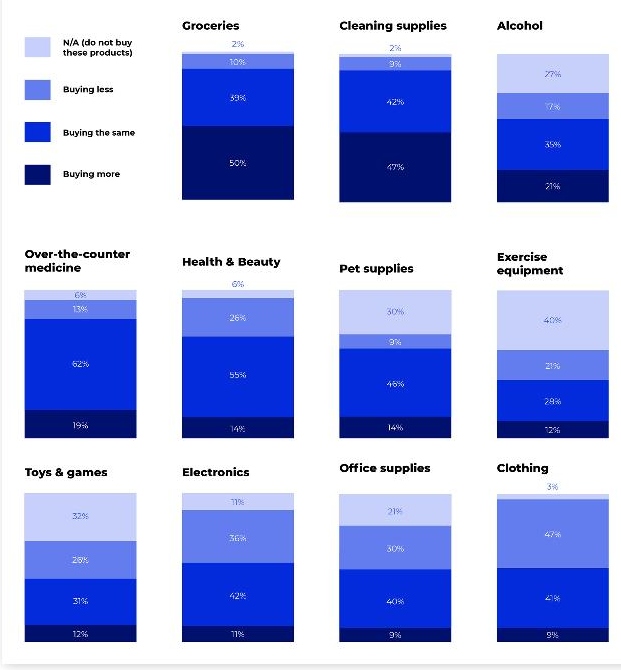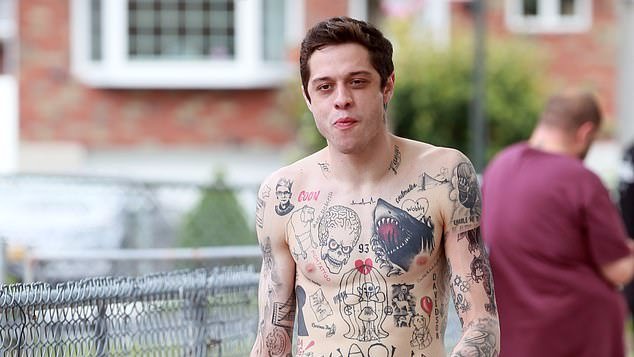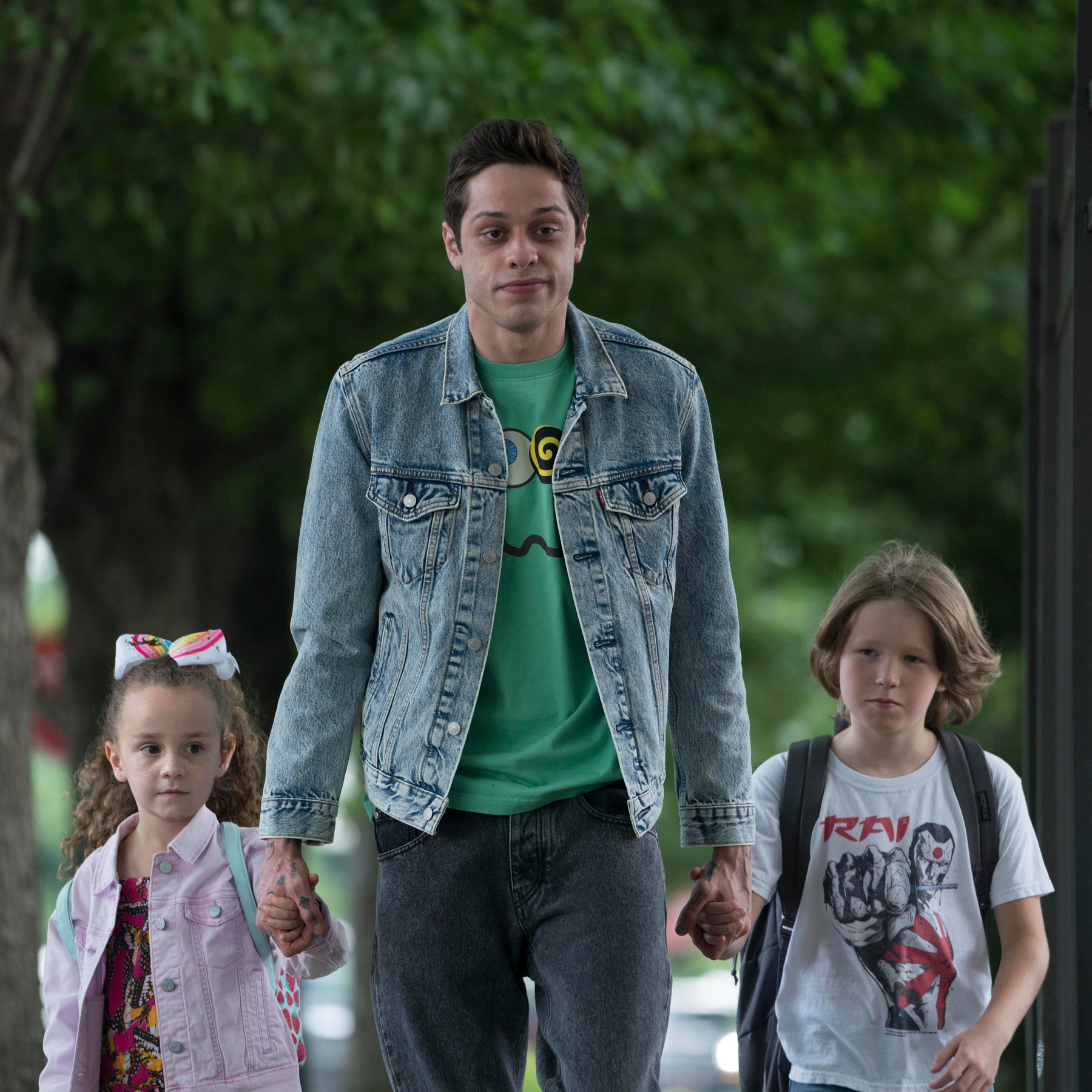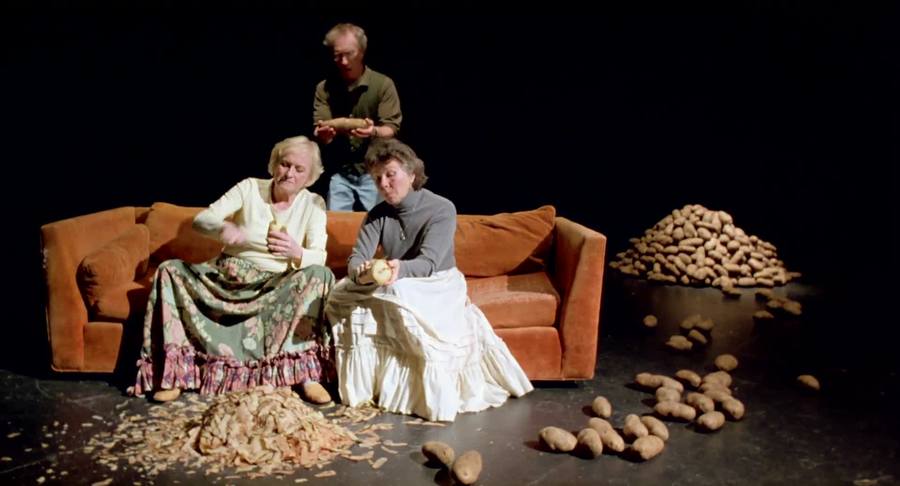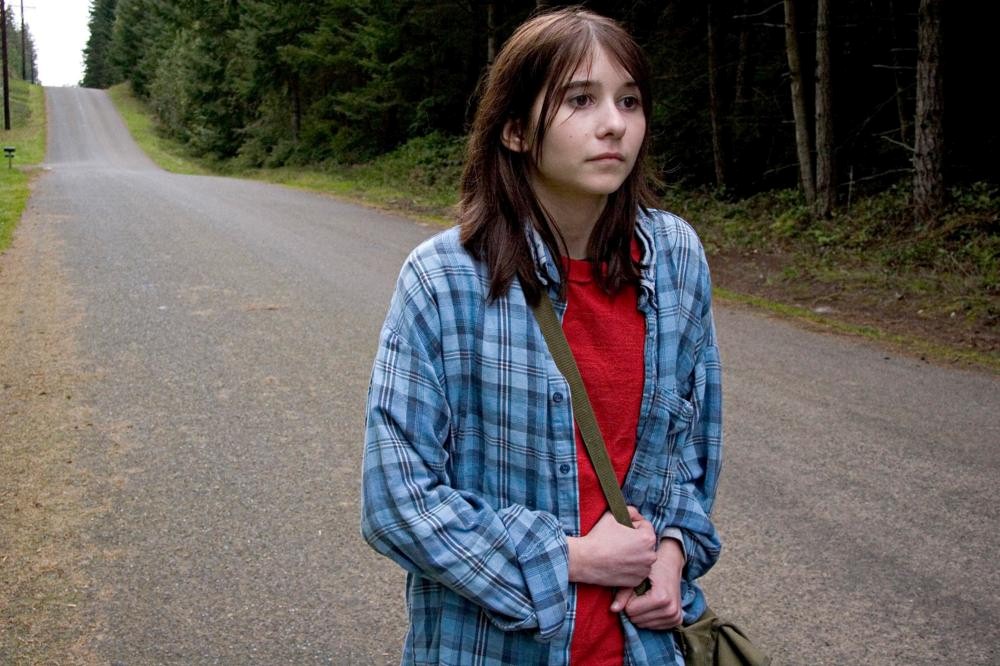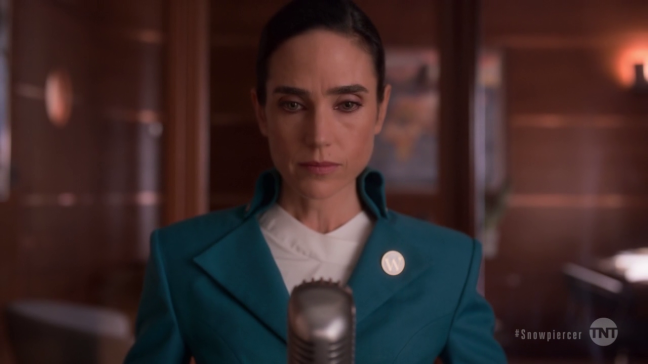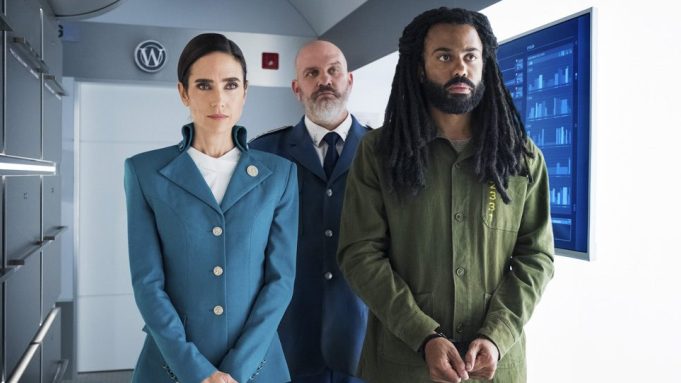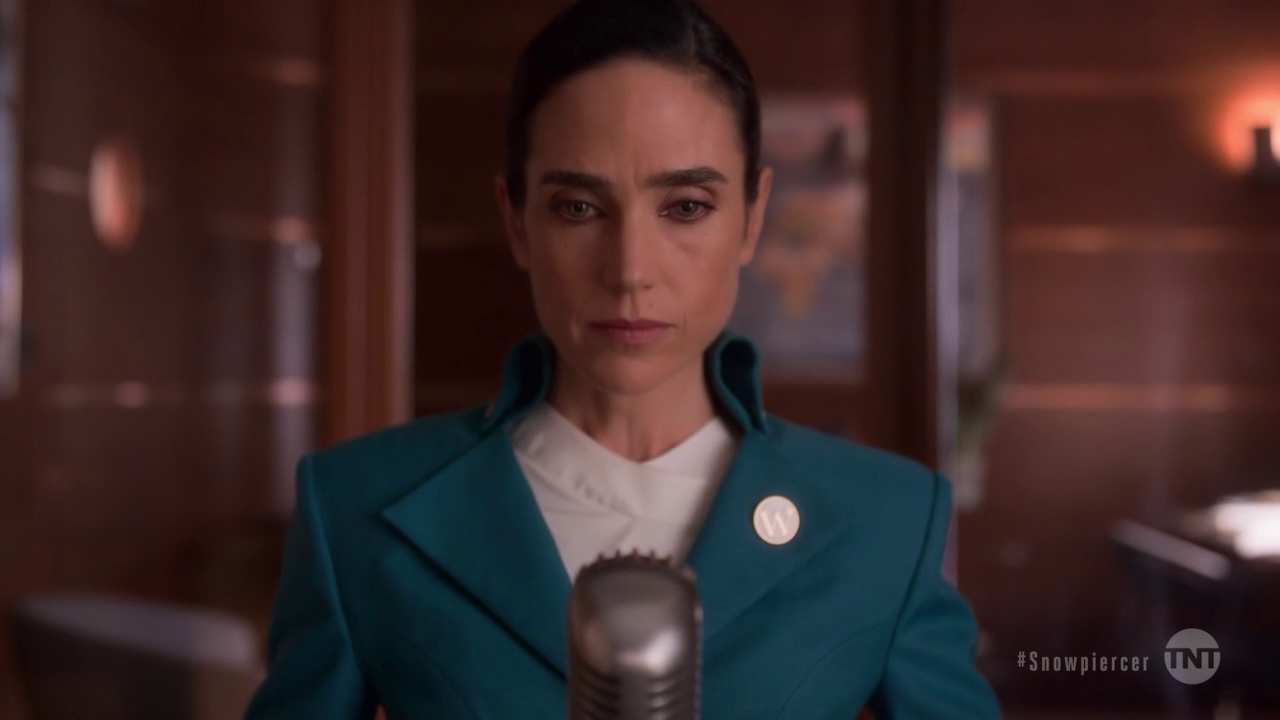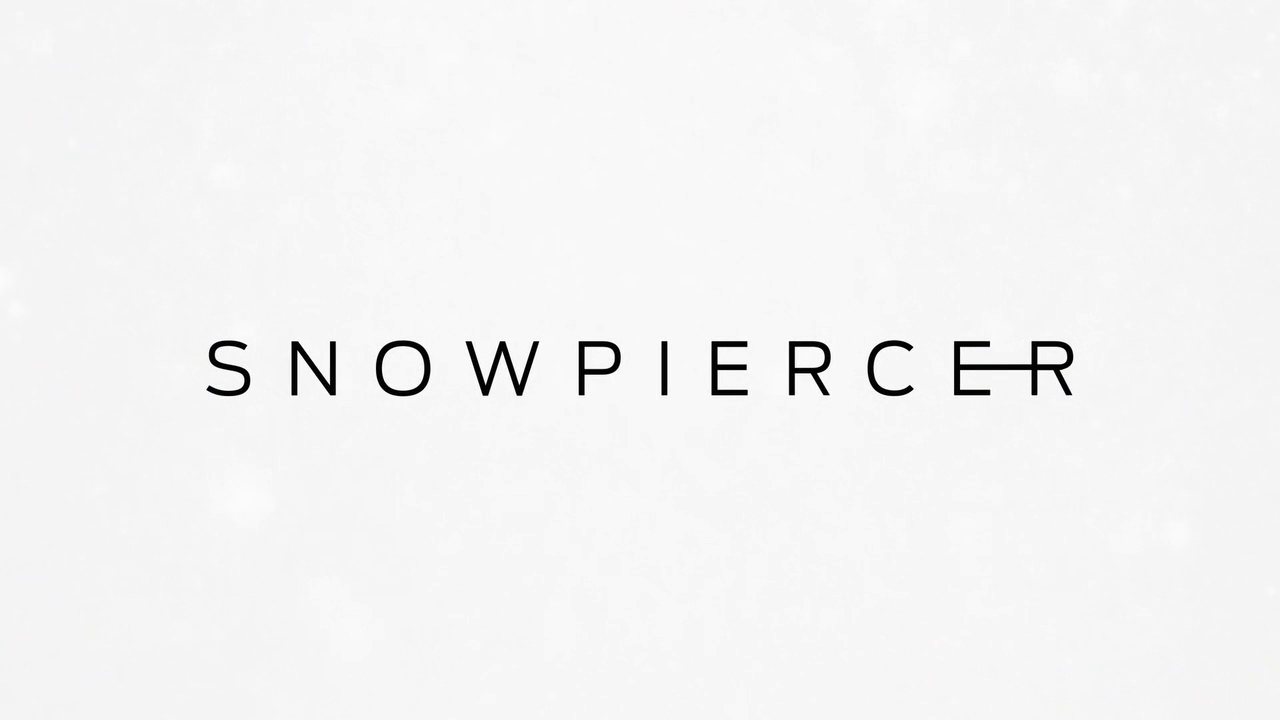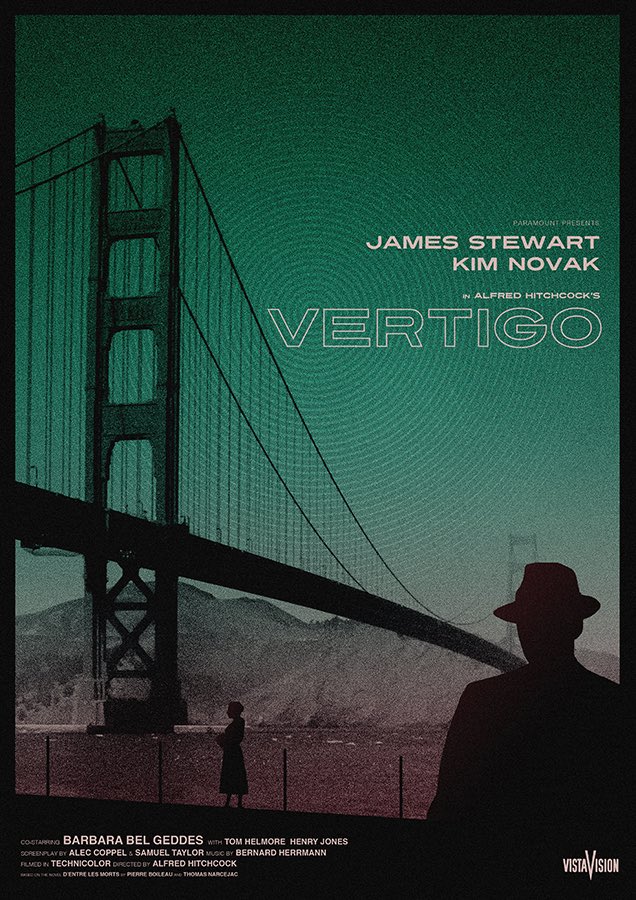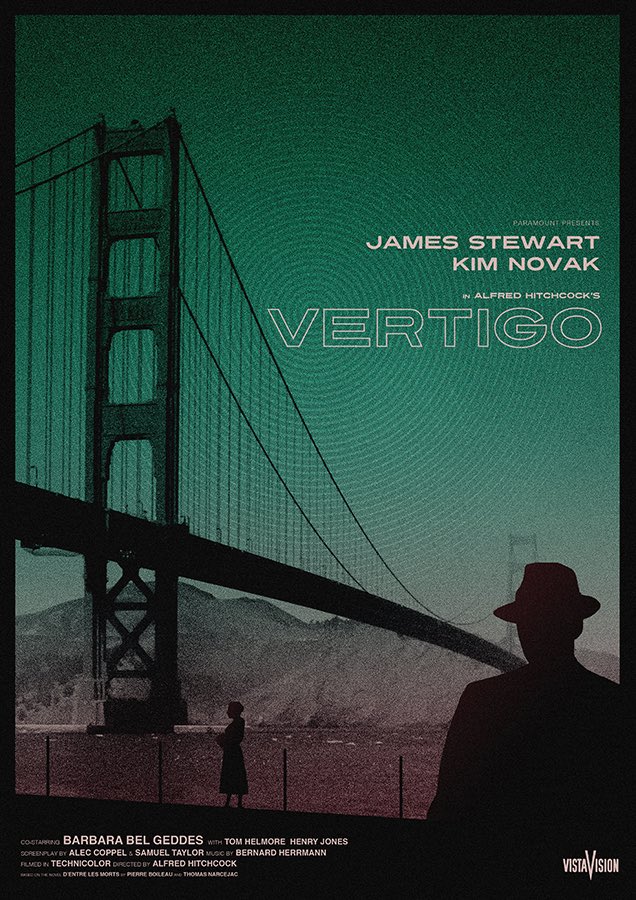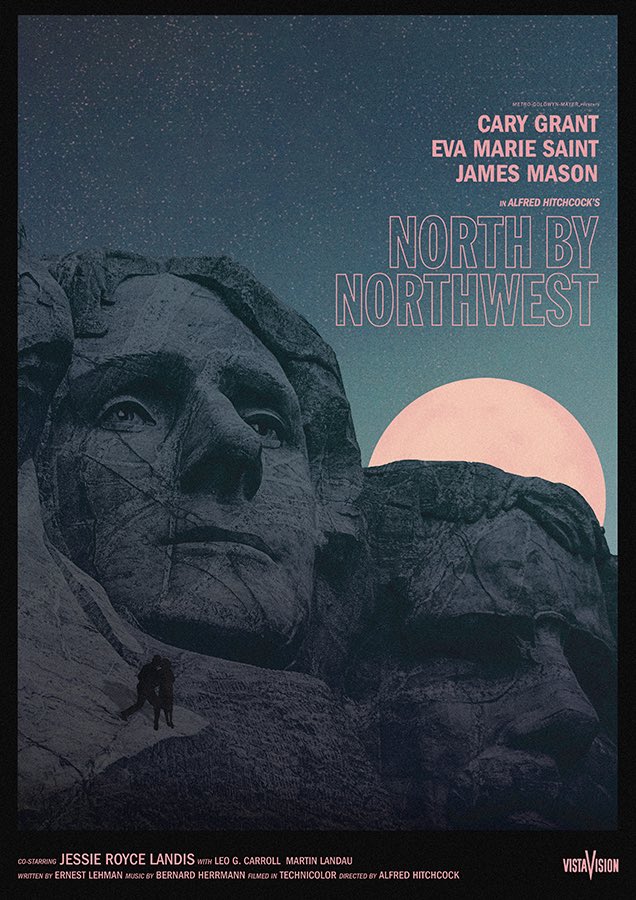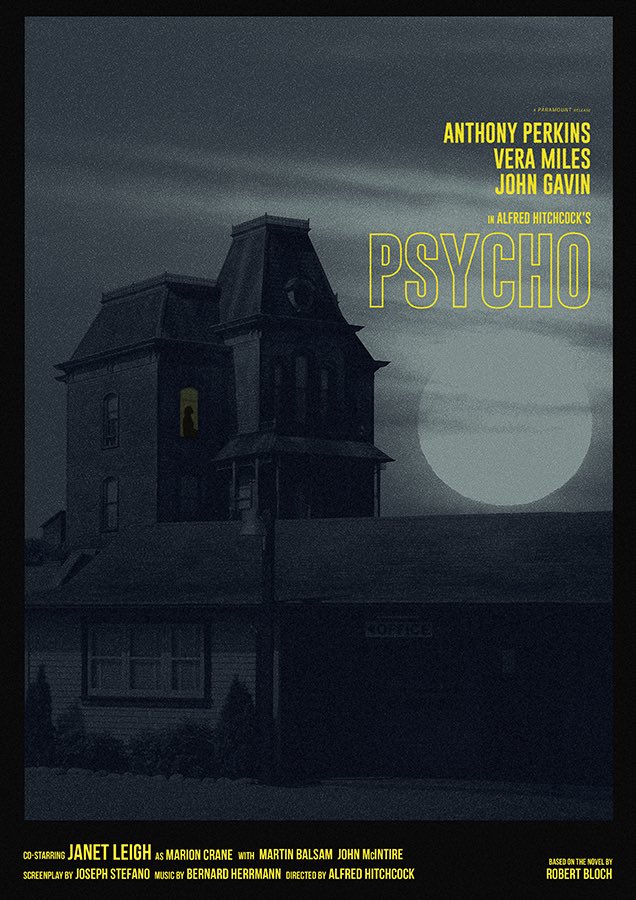As American attitudes towards gritty realism shifted and the world toppled into yet another World War, a new cinema of cynicism, derangement, and disenfranchisement emerged. So what is Film Noir?

A lone figure stalks beneath a halogen streetlight, trench coat collar turned up against a bloodthirsty night, shadow slashing an alleyway like a razor. It is raining. It’s always raining. A narrator begins to intone a tale of bad luck, of double-crossing and duplicity. Of reaching for the brass ring and stumbling into the pit. In the distance, a lonesome trumpet wails.
Film noir is one of the most instantly recognizable, iconic and influential genres of the 20th-Century. Its femme fatales and callous PIs are synonymous with early cinema, thanks to larger-than-life legends like Humphrey Bogart and Lauren Bacall. Despite its signature look, marked by sharp contrasts, dark contrasts and urban landscapes, nailing down a definition for Film Noir is notoriously thorny. Often, film noir brings to mind Supreme Court Justice’s interpretation of obscenity, “i know it when I see it.”
In light of film noir’s resistance towards classification and definition, we’re kicking off Noirvember with a brief attempt at a definition. So, what is Film Noir?

What Is Film Noir?
Much of the trouble pinning down a concrete definition of Film Noir comes down to the fact is the genre was identified by film critics after the fact. The term Film Noir was first coined by French film critic Nino Frank, in his essay “A New Kind of Detective Story“, for the French film journal L’Écrán Français, where he noticed pervasive themes and moods emerging in what he terms “crime films.” Often adapted from hardboiled fiction of the 1930s, from authors like Dashiell Hammett and Raymond Chandler, these “black films,” the focus shifts from action to the psychological states of its characters. “Clearly psychologicaI stories, action, whether violent or lively, counts here less than the faces, the behavior, the words–therefore the truth of the characters, this “third” dimension of which I have just spoken.”
In his seminal essay, Frank mentions three films to make his case – The Maltese Falcon; Murder, My Sweet; and Double Indemnity.
The term didn’t fully gain traction until 1955, when French film critics Raymond Borde and Etienne Chaumeton published A Panorama of American Film Noir: 1941-1953, the first definitive overview of the subject. Based on its original definition and usage, Film Noir is less a genre and more of a film cycle. Although originally restricted to 1953, it’s come to refer to a canon of a little over 300 American crime film made between the years of 1941 and 1958.
Of course, as the term gained traction and social acceptance, certain common themes, attitudes and visual styles were identified. These tropes and signifiers would become interchangeable with the genre itself. The genre has since expanded to incorporate films both before and after the canonical years of 1941 to 1958.
Although not definitive, some common elements of Film Noir include:
- A pessimistic and cynical mood
- An anti-hero protagonist
- Femme fatale
- Clipped, rapid-fire dialogue
- High-contrast lighting
- Post-war disillusionment
- Focus on crime, abnormal psychology and sexual pathology
- Unconventional narratives
- Unreliable narrators
Film critic Roger Ebert offered his own list of criteria, defining Film Noir as:
- A French term meaning ‘black film’, or film of the night, inspired by the Series Noir, a line of cheap paperbacks that translated hard-boiled American crime authors and found a popular audience in France
- A movie which at no time misleads you into thinking there is going to be a happy ending.
- Locations that reek of the night, of shadows, of alleys, of the back doors of fancy places, of apartment buildings with a high turnover rate, of taxi drivers and bartenders who have seen it all.
- Cigarettes. Everyone in film noir is always smoking, as if to say, ‘On top of everything else, I’ve been assigned to get through three packs today. The best smoking movie of all time is Out of the Past, in which Robert Mitchum and Kirk Douglas smoke furiously at each other. At one point, Mitchum enters a room, Douglas extends a pack and says ‘Cigarette?’ and Mitchum, holding up his hand, says, ‘Smoking.’
- Women who would just as soon kill you as love you, and vise versa.
- For women: low necklines, floppy hats, mascara, lipstick, dressing rooms, boudoirs, calling the doorman by his first name, high heels, red dresses, elbow-length gloves, mixing drinks, having gangsters as boyfriends, having soft spots for alcoholic private eyes, wanting a lot of someone else’s women, sprawling dead on the floor with every limb meticulously arranged and every hair in place.
- For men: fedoras, suits and ties, shabby residential hotels with a neon sign blinking through the window, buying yourself a drink out of the office bottle, cars with running boards, all-night diners, protecting kids who shouldn’t be playing with the big guys, being on first-name terms with homicide cops, knowing a lot of people whose descriptions end in ‘ies,’ such as bookies, newsies, junkies, alkys, jockeys and cabbies.
- Movies either shot in black-and-white, or feeling like they were.
- Relationships in which love is only the final flop card in the poker game of death.
- The most American film genre, because no other society could have created a world so full of doom, fate, fear and betrayal, unless it were essentially naive and optimistic.
Film critics and media analysts have compared Film Noir to Existentialism in Europe. It’s a genre born from a world in flux, where old narratives were being challenged yet before new ones had been put in their place. It’s a cinema of anxiety, of uncertainty of a world in freefall with zero idea of what lies at the bottom of the rabbit hole.
As Film Noir has crystallized into a genre in its own right, over the span of 80 years, it’s visual iconography and stylistic conventions have become a common shorthand for times of cynicism, pessimism, anxiety and confusion. On the other hand, Film Noir reflects the individual fighting back against impossibly large, powerful systems. Unfortunately, this rarely ends well for the protagonist. Happy endings are mostly unheard of in the world of Film Noir.
Welcome to Noirvember! Over the course of this month, we’ll be publishing essays, round-ups, reviews and musings here, as well as our sister sites Forestpunk and Thespiai.
Got a particular Film Noir movie or a particular aspect of the genre you’d like us to cover? Let us know in the comments!
Want More Movies?
Follow @for3stpunk on Twitter, Instagram, TikTok, Letterboxd, Trakt TV, Goodreads, and Pinterest!

